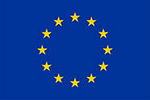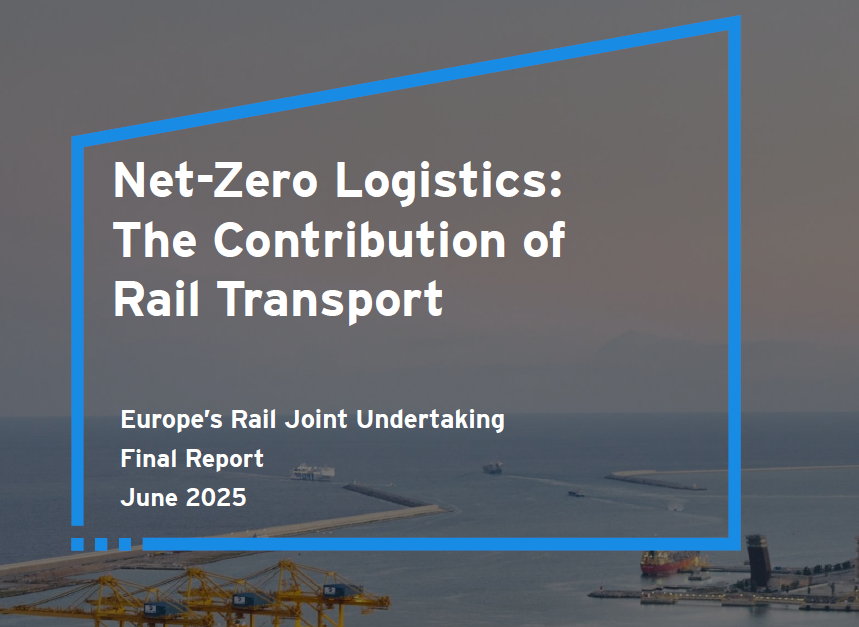Europe must take decisive steps to simplify and modernise its rail systems to strengthen competitiveness,...
Train Pass-by Noise Source Characterisation and Separation Tools for Cost-effective Vehicle Certification
Description: This deliverable was focused on the separation of other railway noise sources from rolling noise by applying the microphone array and Pass-by Analysis (PBA) methods. These two methods were used for the characterisation of the pass-by data obtained in the TRANSIT project measurement campaigns. The data originated from two separate campaigns: the Velim campaign, which used a regional test train, and the Ledanca campaign, which used a high-speed train, both at controlled speeds. The PBA method used a single microphone and accelerometer and was able to determine aerodynamic noise from its higher speed dependence, provided that the wheel/rail roughness was low enough. The microphone array method solely required the microphone array measurement. In summary, the deliverable showcases that the microphone array method can be utilised to determine the contributions of individual spatial source regions on the train, and the PBA method to estimate sound power for a certain length of the train.
Target audience: Rail Infrastructure Stakeholders
How it brings us closer to achieving better rail for Europe: Noise is one of the main environmental challenges for the railway industry. The analysis produced within this deliverable supports the development of novel and innovative techniques to get the sound power level and directivity of different types of noise sources during the pass-by of trains at a constant speed. This is expected to lead to innovations in low noise design of vehicles and tracks, virtual certification testing, and the derivation of source terms for EU and national prediction models. In its entirety, the TRANSIT project provides an essential description of sound power levels and directivities, which is the key to future breakthrough developments in railway design and (virtual) certification testing. In the longer term, such developments should lead to a reduction in cost and effort required for certification testing, and ultimately to both an improved competitiveness of the EU rail industry and an increased social acceptance of railways, thus making the modal shift a reality.
More information on this topic: TRANSIT
Track Versus Vehicle Separation and Transposition Techniques
Description: The deliverable looks at three separation methods: Advanced Transfer Path Analysis (ATPA), Pass-by Analysis (PBA), and TWINS-based transfer functions. The analysis was focused on regions of the trains where rolling noise is known to dominate. The three methods were compared across multiple cases and shown to agree in terms of overall trends. This deliverable also involved the validation of a method for separating combined roughness into wheel and rail contributions using rail traffic monitoring. The main resulting benefits of the method were that, if sufficiently low, the wheel roughness of different trains or parts of trains could be estimated from the monitoring of those trains, and that a threshold level of rail roughness could also be determined. Finally, a method to transpose pass-by levels from a baseline track to a target track was investigated.
Target audience: Rail Infrastructure Stakeholders
How it brings us closer to achieving better rail for Europe: This deliverable contributes to the development and validation of methods for separating the contributions of vehicle and track to rolling noise during train pass-by. This brings the TRANSIT project closer to its objective of providing the railway community with a proven set of innovative tools and methodologies to reduce the environmental impact and improve interior acoustic comfort of railway vehicles. At the project level, TRANSIT develops accurate and robust source characterisation and separation methods and techniques, as well exterior noise simulation tools that will facilitate virtual testing and more cost-effective vehicle certification and authorisation methods.
More information on this topic: TRANSIT
















